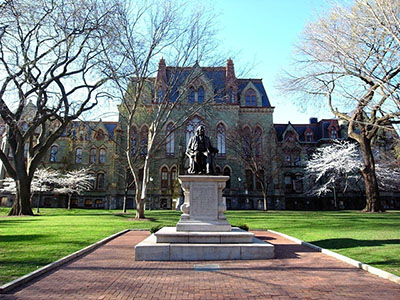Speaker
Daniel Pelikan
(Uppsala University (SE))
Description
Wireless data transfer has revolutionized the consumer market for the last decade giving products equipped with transmitters and receiver for wireless data transfer. Wireless technology has features attractive for data transfer in future tracking detectors. The removal of wires and connectors for data links is certainly beneficial both for the material budget and the reliability of the system. Other advantages is the freedom of routing signals which today is particularly complicated when bringing the data the first 50 cm outside the tracker. With wireless links intelligence can be built into a tracker by introducing communication between tracking layers within a Region Of Interest which would allow the construction of track primitives in real time.
The wireless signal is transmitted by a passive antenna structure which is clearly a much less complex and radiation hard object than an optical transmitter. The technology used in consumer goods are however not suitable for trackers. The first limitation is the low data transfer capacity with current 5 GHz transceivers but also the relatively large feature sizes of the components.
Due to the requirement of high data rates in detectors a high bandwidth is required. The frequency band around 60 GHz turns out to be a very promising candidate. The frequency is a strong candidate for future WLAN use hence components are available on the market.
The high baseband frequency allow for data transfer of the order of several Gbit , and due to the small wave length in the mm range, only small structures are needed. The challenge is to bring the signal around or trough boundaries that are not transparent to the mm-waves like silicon detector modules or support structure. Further more low power operation and strong focusing antennas is required for massive parallelization of data transfer inside the tracker.
We will present patch antennas produced on flexible Printed Circuit Board substrate that can be used in future trackers. The antennas can be connected to transceivers for data transmission/reception or be connected by wave-guides to structures capable of bringing the signal pass boundaries.
This presentation aims to present results on simulation, modelling, fabrication and characterisation of such antennas. Studies of a 60 GHz data link for radial transmission of mm-waves through a ATLAS detector model will be shown.
Authors
Daniel Pelikan
(Uppsala University (SE))
Richard Brenner
(Uppsala University (SE))
Co-authors
Dragos Dancila
(Uppsala University)
Leif Gustafsson
(Uppsala University)
Nils Bingefors
(Uppsala University)
